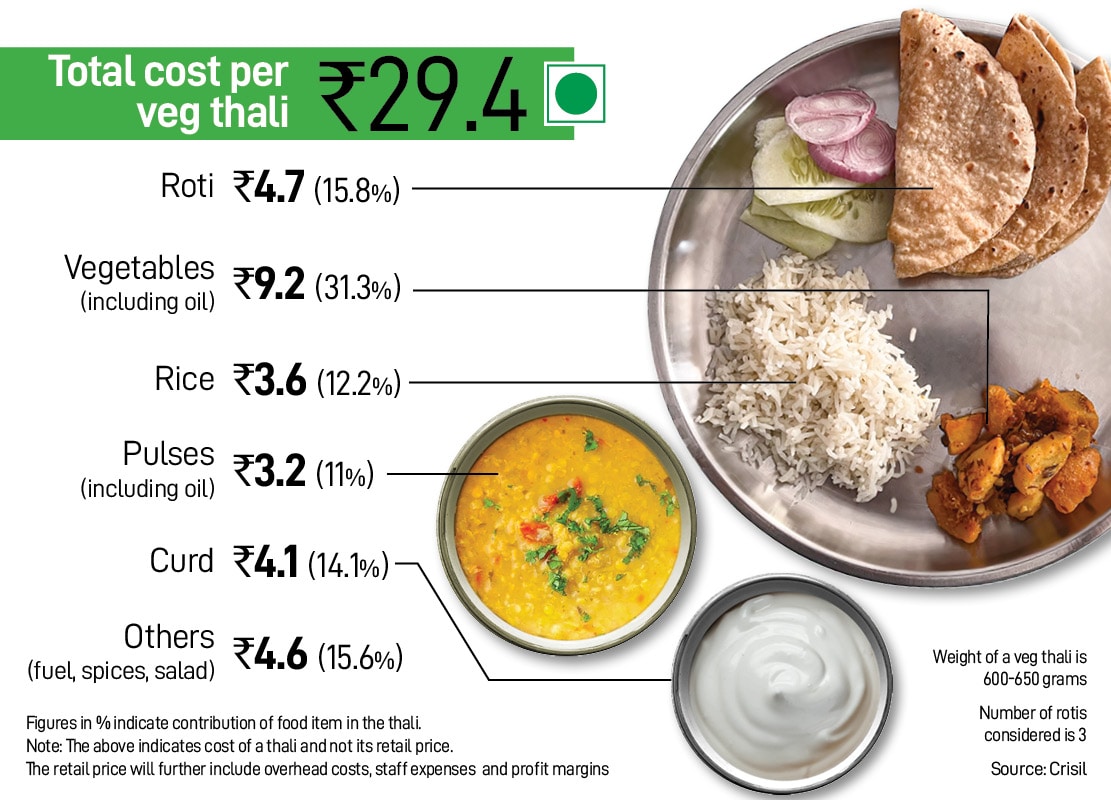
How India Eats: Heat, unseasonal rains, virus infestation push veg thali prices higher in June
Tomato prices surged 30 percent in June due to virus infestation caused by extreme heat. Also, unseasonal rainfall in March meant reduced potato yield

Adverse weather conditions, especially in the last few months, have continued to accelerate the rise in food prices. Frequent cases of heatwaves, unseasonal rains, late arrival of vegetables and lower yields due to plant infections have taken a toll on key food items like tomato, onion and potato (TOP).
X
















